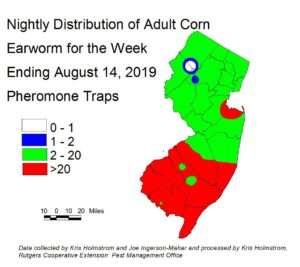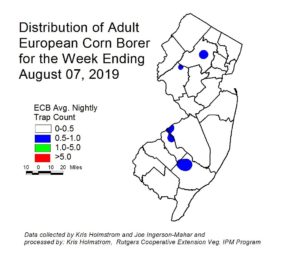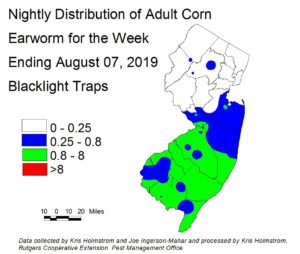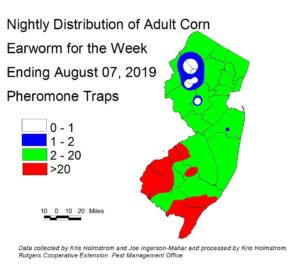Wes, Michelle and I invite you to our annual open house plot tour tomorrow evening at RAREC!
Wednesday, August 21, 2019, 4:00pm
Rutgers Agricultural Research & Extension Center
(meet at the shelter near the parking lot)
121 Northville Rd., Bridgeton, NJ (Upper Deerfield)
- Specialty Crop Evaluations – Albert Ayeni, PhD, Ethnic Crop Research Specialist, Rutgers University and Tom Orton, PhD, Specialist in Vegetables
- Exotic peppers (Habaneros, Superhots, Poblano types, Jalapenos, Sweet minibells and African Birdeyes)
- Tropical Spinach
- Tigernuts (Conventional vs. Organic plots)
- Roselle (Conventional vs. Organic)
- Asian Cucurbits (Trellised vs. Non-trellised)
- Elephant Ear Demo
- Sweetpotatoes for Leaf Production (Vine vs. tuber propagule)
- Fluted pumpkin (Conventional vs. Organic)
- Evaluation of Yacon as a Potential New Specialty Crop for New Jersey Farmers – Rick VanVranken, Rutgers Cooperative Extension of Atlantic County and Peter Nitzsche, Rutgers Cooperative Extension of Morris County
- Evaluation of Bell Pepper Varieties and Breeding Lines for Bacterial Leaf Spot and Phytophthora Blight Management – Wes Kline, PhD, Rutgers Cooperative Extension of Cumberland County
- Weed Control Options for Cucurbits – Thierry Besancon, PhD, Extension Weed Specialist for Specialty Crops
- Basil Downy Mildew Fungicide Control Trial – Andy Wyenandt, PhD, Specialist in Vegetable Pathology
- Cucurbit Powdery Mildew Control with Fungicides – Andy Wyenandt, PhD, Specialist in Vegetable Pathology
- Basil Downy Mildew Variety Evaluations – Andy Wyenandt, PhD, Specialist in Vegetable Pathology
- Organic and Conventional Basil Downy Mildew Control Programs Comparing New Rutgers DMR Lines and Downy Mildew Susceptible Lines. – Andy Wyenandt, PhD, Specialist in Vegetable Pathology
- Managing Phytophthora Blight in Peppers With Fungicides – Andy Wyenandt, PhD, Specialist in Vegetable Pathology
- Evaluation of Five Sweet Corn Varieties: non-Bt, Bt, and Bt+VIP for Resistance to Corn Earworm, Fall Armyworm and European Corn Borer – Joe Ingerson-Mahar, PhD, Vegetable IPM Coordinator
Pesticide credits have been requested.






